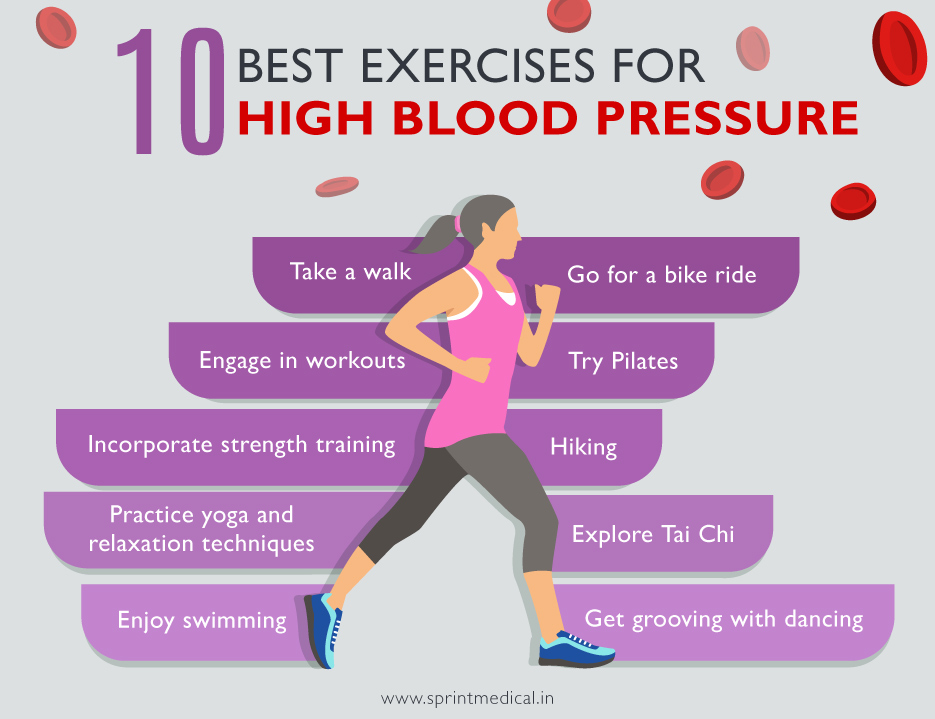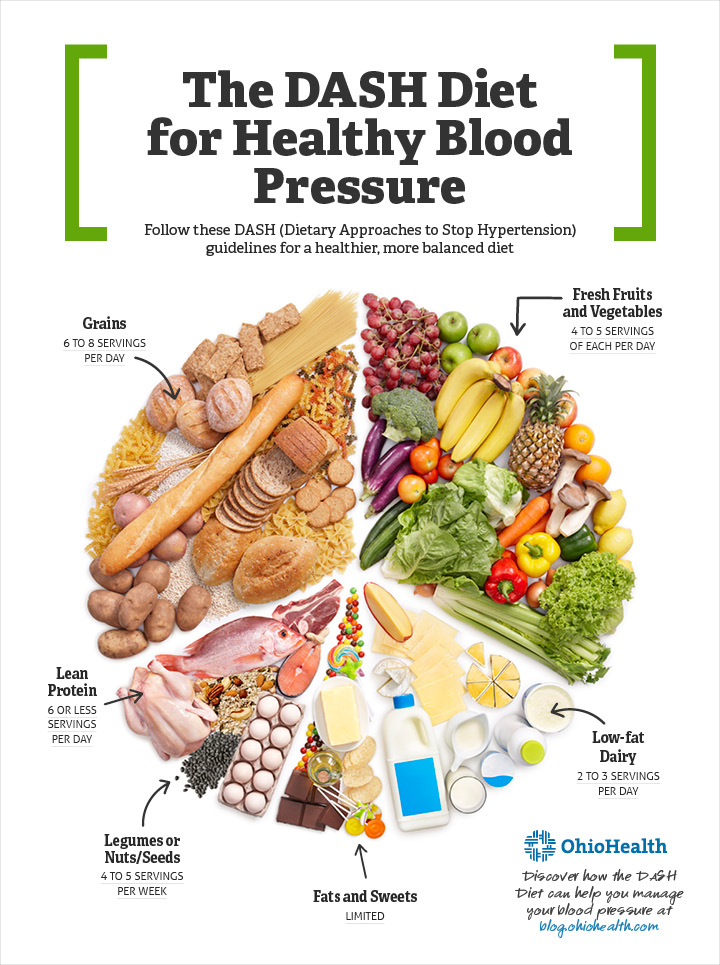Discover the powerful connection between diet, exercise, and managing high blood pressure – transform your health with these tips!
Table of Contents
Introduction to High Blood Pressure
High blood pressure, also known as hypertension, is a common condition that many people have. It’s important to understand what it means and why we need to take care of it to stay healthy.
What Is High Blood Pressure?
High blood pressure is when the force of blood against the walls of our blood vessels is too high. Think of it like blowing up a balloon too much—it can put stress on the balloon. When our blood pressure is high, it can cause problems for our heart and other parts of our body.
Why Should We Care?
Having high blood pressure is like putting extra strain on our heart and blood vessels. If we don’t take care of it, it can lead to serious health issues like heart disease, stroke, or kidney problems. That’s why it’s crucial to manage our blood pressure to stay healthy and feel good.
The Role of a Healthy Diet
Our food choices play a big role in keeping our blood pressure in check. When we eat well, we give our bodies the right fuel to stay healthy and strong. Let’s see how a healthy diet can help us manage our blood pressure.
What to Eat for a Healthy Heart
Healthy foods can be super tasty and good for our hearts! Foods like fruits, vegetables, whole grains, lean proteins, and low-fat dairy are excellent choices. These foods are packed with nutrients that help keep our blood pressure at a healthy level. Filling our plates with colorful fruits and veggies is a great way to get those nutrients and keep our heart happy.
Foods to Avoid
While some foods are good for our blood pressure, others can make it spike up. Foods high in salt, sugar, and unhealthy fats should be eaten in moderation. Say no to too many chips, sugary drinks, and fast food. Instead, choose healthier snacks like fresh fruits, yogurt, or a handful of nuts. By making smart choices about what we eat, we can help manage our blood pressure more easily.
Exercise for a Happy Heart
Being active is not only fun but also great for our hearts. It can help us control high blood pressure and keep us healthy. Let’s explore some exciting activities that can make our hearts happy and strong!

Image courtesy of www.netmeds.com via Google Images
Fun Exercises to Try
Why not try biking around the neighborhood or playing tag with friends? These activities get our hearts pumping and help lower our blood pressure. Swimming, dancing, and jumping rope are also super fun ways to stay active while taking care of our hearts. Remember, the key is to have fun while moving your body!
How Much Exercise Is Needed?
Kids should aim to be active for at least 60 minutes every day to keep their hearts healthy. This could be playing sports, going for a walk with family, or joining a dance class. Find activities you enjoy and make them a part of your daily routine. Being active doesn’t have to feel like a chore when you’re having a blast!
Making Small Changes That Add Up
In managing high blood pressure, it’s essential to remember that small changes can make a big difference over time. You don’t have to overhaul your entire lifestyle at once. Instead, focus on making gradual improvements that add up in the long run.
Eating Right One Meal at a Time
Instead of trying to completely change your diet overnight, start by making small adjustments to your meals. For example, you can swap out sugary drinks for water or choose a piece of fruit as a snack instead of chips. These little changes may seem minor, but they can have a significant impact on your overall health.
Incorporating Play and Movement Into Every Day
Being active doesn’t just mean exercising for a set amount of time each day. It’s also important to incorporate movement into your daily routine. Whether it’s playing tag with friends, jumping rope, or dancing to your favorite song, finding ways to move your body throughout the day can help keep your heart healthy and your blood pressure in check.
Why Salt Is Not Always Your Friend
Salt is a common ingredient that we often find in our favorite foods. But did you know that too much salt can be harmful to our bodies, especially when it comes to our blood pressure?

Image courtesy of www.netmeds.com via Google Images
The Hidden Salt in Foods
Many times, salt is hiding in the foods we eat without us even realizing it. Processed foods like chips, canned soups, and even bread can contain a lot of salt. Even sauces and condiments like ketchup or soy sauce can have more salt than we think. When we consume too much salt, it can cause our blood pressure to rise, which is not good for our hearts.
Tasty Low-Salt Snacks
But don’t worry, there are still plenty of delicious snack options that are lower in salt. Instead of reaching for a bag of chips, try snacking on fresh fruits or vegetables like apple slices, carrot sticks, or cucumbers. You could also try air-popped popcorn or plain yogurt with a sprinkle of cinnamon for a satisfying snack that won’t raise your blood pressure.
The Power of Fruits and Veggies
When it comes to keeping our hearts healthy and managing our blood pressure, fruits and veggies play a crucial role. These colorful foods are like superheroes for our bodies, packed with essential nutrients that help us stay strong and fit.
| Category | Diet Tips | Exercise Tips |
|---|---|---|
| Salt Intake | Avoid processed foods and limit salt intake to less than 2,300 mg per day. | Engage in aerobic activities like brisk walking, cycling, or swimming for at least 30 minutes most days of the week. |
| Potassium-rich Foods | Incorporate potassium-rich foods such as bananas, oranges, avocado, and sweet potatoes into your diet. | Include strength training exercises in your routine to improve muscle strength and manage blood pressure. |
| Healthy Fats | Choose unsaturated fats like olive oil, nuts, seeds, and fatty fish for heart health. | Practice relaxation techniques like yoga or meditation to reduce stress levels and lower blood pressure. |
| Fiber Intake | Eat whole grains, fruits, vegetables, and legumes for their high fiber content to promote heart health. | Monitor your heart rate during exercise and aim for a moderate intensity level that raises your heart rate but still allows you to have a conversation. |
Favorite Fruits and Veggies
There are so many delicious options to choose from when it comes to fruits and vegetables. Apples, berries, bananas, oranges, and grapes are tasty fruits that can be enjoyed as snacks or added to meals. For veggies, carrots, bell peppers, broccoli, spinach, and sweet potatoes are full of vitamins and minerals that our bodies need.
Creating a Rainbow on Your Plate
It’s important to eat a variety of colorful fruits and veggies to ensure we get all the different nutrients our bodies need. Each color represents a different set of vitamins and minerals that work together to keep us healthy. So, try to include a rainbow of colors on your plate every day to make sure you’re getting a good mix of nutrients.
Balancing Our Plates
When it comes to keeping our blood pressure in check, one important aspect to consider is how we balance our plates. But what does that mean exactly?

Image courtesy of dailyinfographic.com via Google Images
What Goes on a Balanced Plate?
A balanced meal consists of different components that work together to provide our bodies with the nutrients they need to stay healthy. Let’s break it down:
First, we have fruits and vegetables. These colorful foods are packed with vitamins, minerals, and fiber that are good for our hearts. Try to fill half your plate with a variety of fruits and veggies to get a wide range of nutrients.
Next, we have grains, like rice, pasta, or bread. Choose whole grains like brown rice, whole wheat pasta, or whole grain bread for added fiber, which is great for our hearts.
Then, we have protein, which can come from sources like lean meats, poultry, fish, beans, nuts, or tofu. Protein helps our bodies grow and repair themselves, so it’s important to include some in every meal.
Don’t forget dairy, like milk, yogurt, or cheese. These foods are rich in calcium, which helps keep our bones strong. If you’re not a fan of dairy, you can also choose fortified plant-based alternatives like almond milk or soy yogurt.
Lastly, healthy fats are also crucial. These can come from sources like avocados, nuts, seeds, or olive oil. While fats are important for our bodies, it’s best to choose unsaturated fats over saturated fats like butter or lard.
By including a variety of these elements on your plate, you can ensure that you’re getting all the nutrients your body needs to maintain a healthy blood pressure.
The Importance of Checking Blood Pressure
Keeping track of your blood pressure is essential for staying healthy and preventing problems. When we talk about blood pressure, we are referring to the force of blood pushing against the walls of our blood vessels as it flows through our body.
When and How to Check Blood Pressure
It’s a good idea to have your blood pressure checked regularly, especially if you have a family history of high blood pressure or other risk factors. You can often have your blood pressure checked at your doctor’s office, or sometimes at school or community health events.
It’s a painless process that involves a cuff placed around your arm, which inflates to measure your blood pressure. Knowing your numbers allows you and your healthcare provider to keep track of any changes and take action if needed to keep your blood pressure under control.
Asking for Help and Support
When it comes to managing our blood pressure, we don’t have to do it all on our own. There are people in our lives who can offer support and guidance to help us stay healthy. One of the first places to turn for help is our parents. They care about our well-being and can work with us to make healthy choices. Parents can also schedule visits to the doctor to monitor our blood pressure and make sure we are on the right track.

Image courtesy of blog.ohiohealth.com via Google Images
Why Talking to Adults Is Important?
Another essential person to talk to about our blood pressure is our doctor. Doctors have the knowledge and expertise to provide us with valuable information on how to manage high blood pressure. They may recommend specific diet changes or exercise routines tailored to our needs. By keeping an open line of communication with our doctor, we can ensure we are taking the right steps to keep our blood pressure in check.
Conclusion
Managing high blood pressure is crucial for maintaining good health. By making smart choices in our diet and staying active, we can keep our blood pressure in check and live a happier life. Remember, small changes can add up to big benefits!
Key Takeaways:
In conclusion, here are some important things to remember when it comes to managing high blood pressure:
- Healthy Diet: Eating foods that are good for your heart, like fruits and vegetables, can help keep your blood pressure at a healthy level.
- Exercise: Being active every day, whether through sports, games, or other fun activities, is key to a healthy heart.
- Small Changes: Start making better choices one step at a time, and remember that every little change counts towards a healthier you.
By incorporating these tips into your daily routine, you can take control of your blood pressure and lead a happy, heart-healthy life. Remember, your health is in your hands!
FAQs
What if I don’t like vegetables?
If you don’t like veggies, there are fun ways to make them tasty! You can try dipping them in a yummy sauce, roasting them with seasonings, or even blending them into a smoothie with your favorite fruits. Get creative and experiment with different ways to enjoy your veggies!
How can I remember to exercise?
One way to remember to exercise is to make it a part of your daily routine. You can schedule specific times for physical activity, like after school or before dinner. You can also make it fun by doing activities you enjoy, like playing a sport with friends, dancing to your favorite music, or going for a bike ride. Find something you love to do, and exercise won’t feel like a chore!
Can kids get high blood pressure too?
Yes, kids can get high blood pressure too. It’s important to remember that high blood pressure can affect people of all ages. It can happen for different reasons, like not eating healthy foods, not getting enough exercise, or having a family history of hypertension. Taking care of our bodies by eating well and being active can help keep our blood pressure in a healthy range.




